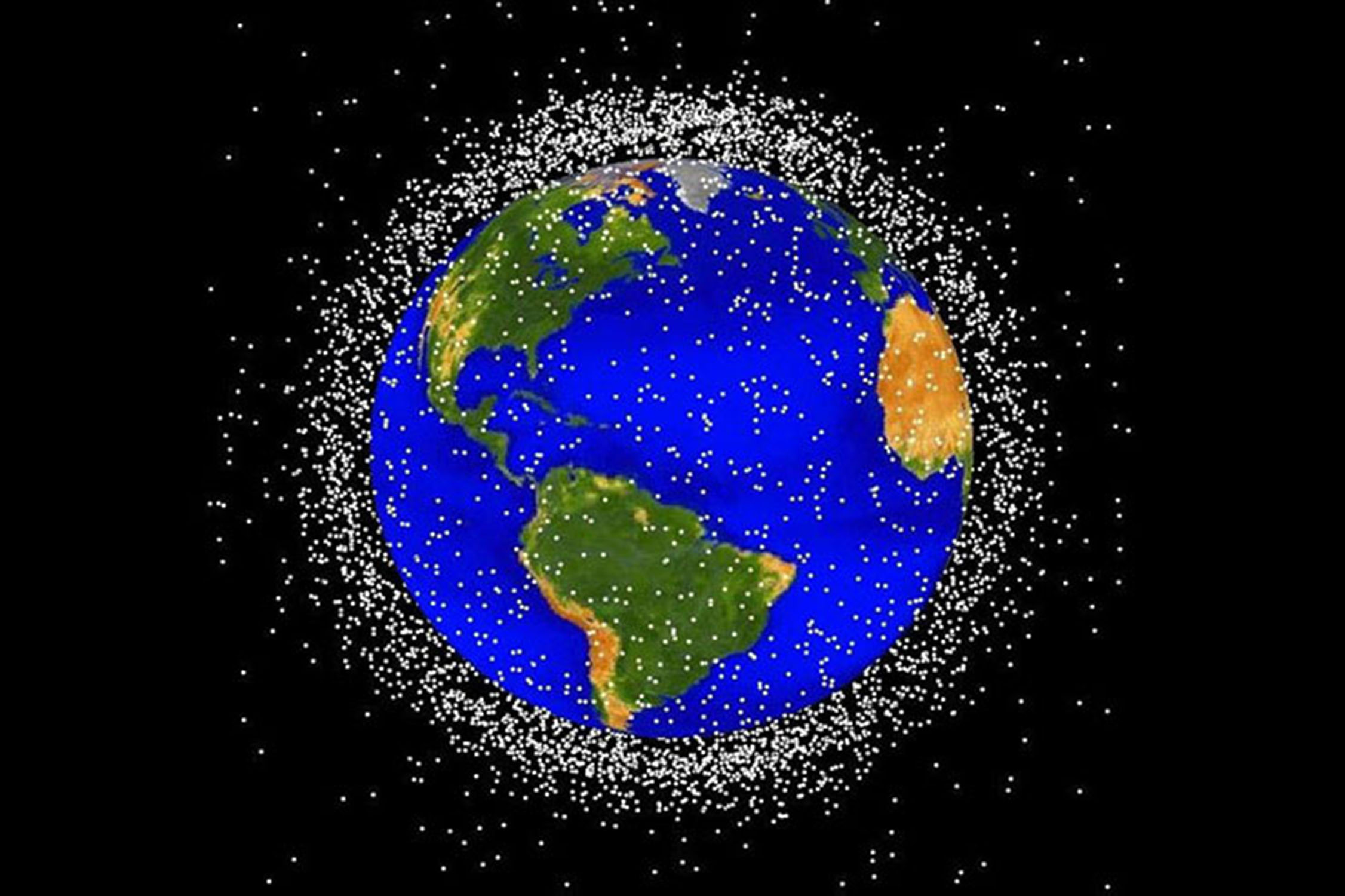WVU engineer chosen for NASA Small Business Innovation Research program
WVU Today
Over the last six decades, space-faring nations have slowly, but surely, cluttered up the final frontier. A report on space debris by the European Space Agency estimates that there are currently about 34,000 debris objects larger than 10 centimeters, about the size of a softball, currently in orbit.
Since the world’s first artificial satellite, Sputnik 1, was launched into Earth’s orbit in 1957, thousands of additional satellites have joined it. While the number of satellites in lower Earth orbit — objects at an altitude between 99 to 1,200 miles above the Earth’s surface — has increased, so has the amount of debris or space junk orbiting above our heads.
The staggering amount of space debris poses a difficult challenge for safely operating spacecrafts in lower Earth orbit without collision. To meet this challenge, a West Virginia University engineer, Piyush Mehta, is working to improve the accuracy of predicting drag on objects in lower Earth orbit.
Mehta said the drag is a force that acts on a satellite in low Earth orbit due to the air or atmosphere around it, much like the force that you feel when you put your hand out of the window of a moving car.
“With the launch of thousands of satellites planned over the next decade, the problems of collision avoidance and space traffic management will become critical to space environment sustainability and continued exploration of space for the betterment of human society,” Mehta said.
With the help of a $125,000 award from NASA’s Small Business Innovation Research program, the first phase of the project will make a previously inaccessible density database extracted from the U.S. Air Force’s operational High Accuracy Satellite Drag Model framework publicly available for use in science and operations.
“The space assets and infrastructure, endangered by the debris and our inability to accurately predict their orbits, serve our society on a daily basis, for example, services like navigation and weather,” Mehta said.
Mehta, from the Statler College of Engineering and Mineral Resources, will partner with Space Environment Technologies, an advanced space product and services company, to provide a method to rapidly access state-of-art densities through machine learning algorithms, quantify the associated uncertainty and generate more accurate ballistic coefficients for the objects in the space catalogue for improved forecasts.
According to Mehta, changes in ballistic coefficient — an object’s ability to overcome air resistance in flight — is the other major source of error in predicting satellite drag.
The work accomplished by the researchers will ultimately increase the safety of space missions and improve future capabilities of NASA as well as other government agencies and the aerospace industry.
Tweet @DominionPostWV




